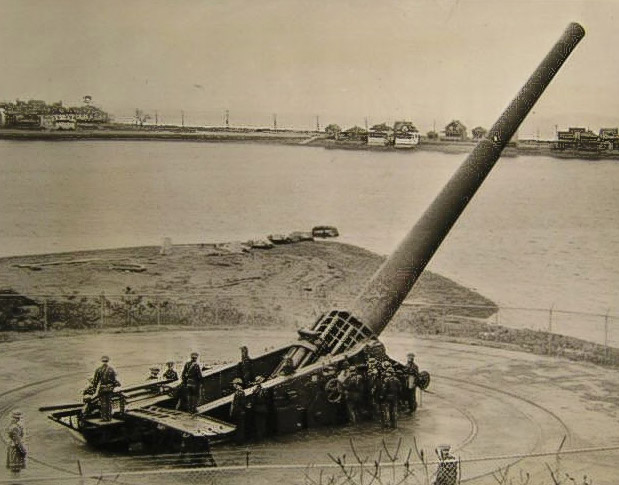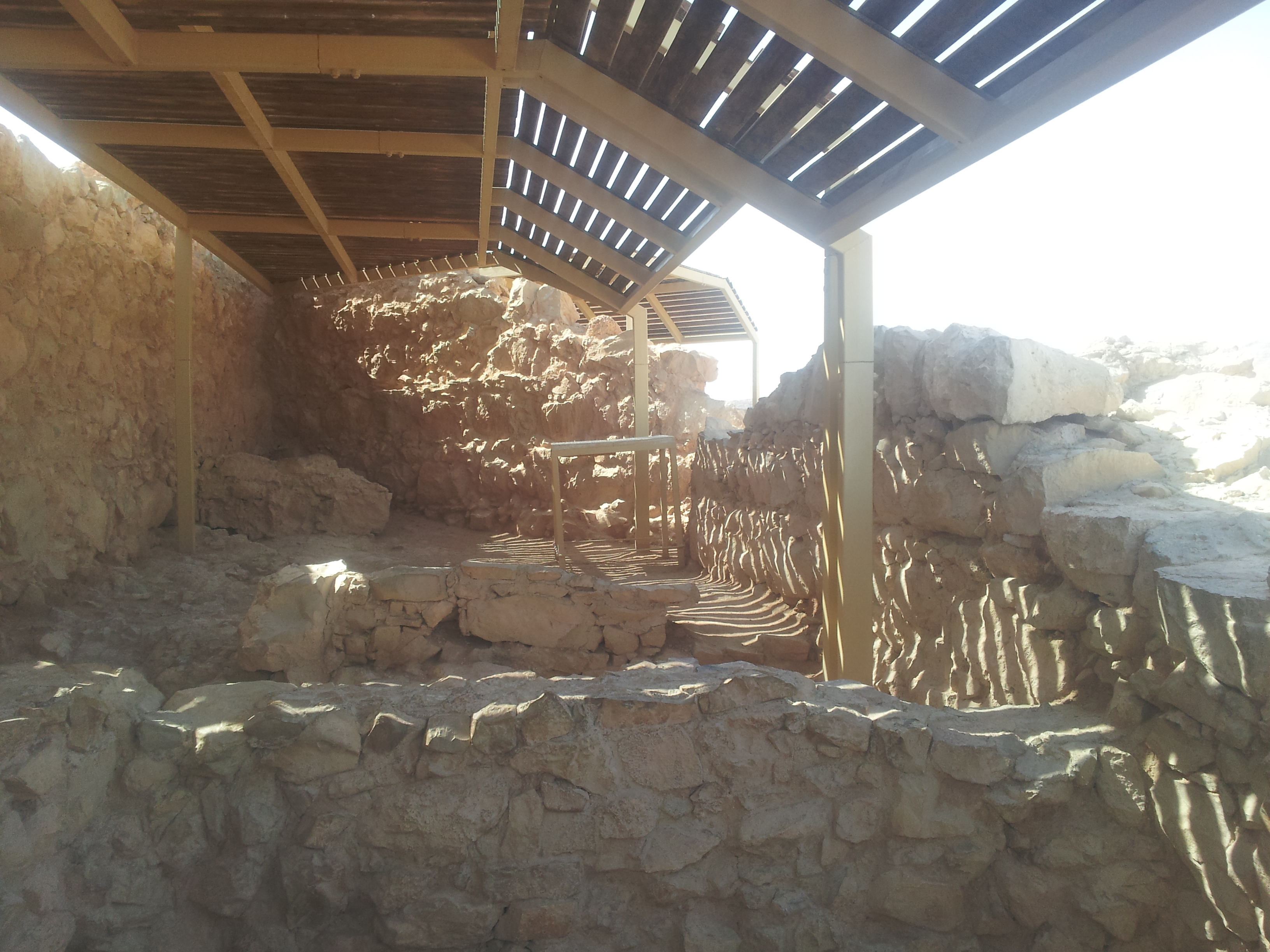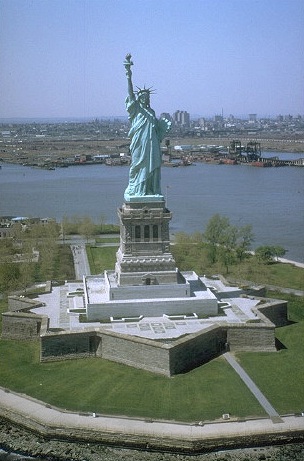|
Fort Wool
Fort Wool is a decommissioned island fortification located in the mouth of Hampton Roads, adjacent to the Hampton Roads Bridge-Tunnel (HRBT). Officially known as Rip Raps Island, the fort has an elevation of 7 feet and sits near Old Point Comfort, Old Point Comfort Light, Willoughby Beach and Willoughby Spit, approximately one mile south of Fort Monroe. Originally named Castle Calhoun or Fort Calhoun after Secretary of War John C. Calhoun, the fort was renamed after Maj. Gen. John Ellis Wool on 18 March 1862 during the American Civil War. It is noted on current nautical maps as "Rip Raps" and was sometimes referred to by that name during the Civil War. Fort Wool was one of more than 40 forts developed after the War of 1812, when British forces sailed the Chesapeake Bay to burn the Capital. This program was later known as the third system of U.S. fortifications. Designed by Brigadier General of Engineers Simon Bernard, an expatriate Frenchman who had served as a general o ... [...More Info...] [...Related Items...] OR: [Wikipedia] [Google] [Baidu] |
Harbor Defense Command
A Harbor Defense Command was a military organization of the United States Army Coast Artillery Corps designated in 1925 from predecessor organizations dating from circa 1895. It consisted of the forts, controlled underwater minefields, and other coastal defenses of a particular harbor or river. Harbor Defense Commands, along with the similar Coast Artillery Corps, were disestablished in 1950. History These commands originated as Artillery Districts, to control groups of forts constructed under the Endicott Program beginning in 1895. A 1909 reference shows that districts could include (depending on size) a Battle Command (later Fort Command), Fire Command, Mine Command, and Battery Commands. Mine planter vessels were also attached to these commands to plant and maintain controlled minefields. In 1913 the districts were redesignated as Coast Defense Commands, called "Coast Defenses of..." the area protected.Rinaldi, pp. 165-166 At this time Coast Artillery Districts became regional ... [...More Info...] [...Related Items...] OR: [Wikipedia] [Google] [Baidu] |
Fort Monroe
Fort Monroe is a former military installation in Hampton, Virginia, at Old Point Comfort, the southern tip of the Virginia Peninsula, United States. It is currently managed by partnership between the Fort Monroe Authority for the Commonwealth of Virginia, the National Park Service, and the city of Hampton as the Fort Monroe National Monument. Along with Fort Wool, Fort Monroe originally guarded the navigation channel between the Chesapeake Bay and Hampton Roads—the natural roadstead at the confluence of the Elizabeth River (Virginia), Elizabeth, the Nansemond River, Nansemond and the James River (Virginia), James rivers. Until disarmament in 1946, the areas protected by the fort were the entire Chesapeake Bay and Potomac River regions, including the water approaches to the cities of Washington, D.C., and Baltimore, Maryland, along with important shipyards and naval bases in the Hampton Roads area. Surrounded by a moat, the six-sided bastion fort is the largest fort by area eve ... [...More Info...] [...Related Items...] OR: [Wikipedia] [Google] [Baidu] |
Cannon
A cannon is a large-caliber gun classified as a type of artillery, which usually launches a projectile using explosive chemical propellant. Gunpowder ("black powder") was the primary propellant before the invention of smokeless powder during the late 19th century. Cannons vary in gauge (firearms), gauge, effective range, mobility (military), mobility, rate of fire, elevation (ballistics), angle of fire and firepower; different forms of cannon combine and balance these attributes in varying degrees, depending on their intended use on the battlefield. A cannon is a type of heavy artillery weapon. The word ''cannon'' is derived from several languages, in which the original definition can usually be translated as ''tube'', ''cane'', or ''reed''. The earliest known depiction of cannons may have appeared in Science and technology of the Song dynasty#Gunpowder warfare, Song dynasty China as early as the 12th century; however, solid archaeological and documentary evidence of cannons do ... [...More Info...] [...Related Items...] OR: [Wikipedia] [Google] [Baidu] |
Barbette
Barbettes are several types of gun emplacement in terrestrial fortifications or on naval ships. In recent naval usage, a barbette is a protective circular armour support for a heavy gun turret. This evolved from earlier forms of gun protection that eventually led to the pre-dreadnought. The name ''barbette'' ultimately comes from fortification: it originally meant a raised platform or mound, as in the French phrase ''en barbette'', which refers to the practice of firing a cannon over a parapet rather than through an embrasure in a fortification's casemate. The former gives better angles of fire but less protection than the latter. The disappearing gun was a variation on the barbette gun; it consisted of a heavy gun on a carriage that would retract behind a parapet or into a gunpit for reloading. Barbettes were primarily used in coastal defences, but saw some use in a handful of warships, and some inland fortifications. The term is also used for certain aircraft gun mounts. ... [...More Info...] [...Related Items...] OR: [Wikipedia] [Google] [Baidu] |
Casemate
A casemate is a fortified gun emplacement or armoured structure from which guns are fired, in a fortification, warship, or armoured fighting vehicle.Webster's New Collegiate Dictionary When referring to antiquity, the term "casemate wall" means a double city wall with the space between the walls separated into chambers, which could be filled up to better withstand battering rams in case of siege (see .) In its original early modern meaning, the term referred to a vaulted chamber in a fort, which may have been used for storage, accommodation, or artillery which could fire through an opening or embrasure. Although the outward faces of brick or masonry casemates proved vulnerable to advances in artillery performance, the invention of reinforced concrete allowed newer designs to be produced well into the 20th century. With the introduction of ironclad warships, the definition was widened to include a protected space for guns in a ship, either within the hull or in the low ... [...More Info...] [...Related Items...] OR: [Wikipedia] [Google] [Baidu] |
Sailing Ballast
Ballast is weight placed low in ships to lower their centre of gravity, which increases stability (more technically, to provide a righting moment to resist any heeling moment on the hull). Insufficiently ballasted boats tend to tip or heel excessively in high winds. Too much heel may result in the vessel filling with water and/or capsizing. If a sailing vessel needs to voyage without cargo, then ballast of little or no value will be loaded to keep the vessel upright. Some or all of this ballast will then be discarded when the cargo is loaded. If a cargo vessel (such as a tanker, bulk carrier or container ship) wishes to travel empty or partially empty to collect cargo, it must travel "in ballast". This keeps the vessel in trim and keeps the propeller and rudder submerged. Typically, being "in ballast" will mean flooding ballast tanks with sea water. Serious problems may arise when ballast water is discharged, as water-borne organisms can create havoc when deposited in ... [...More Info...] [...Related Items...] OR: [Wikipedia] [Google] [Baidu] |
Shoal
In oceanography, geomorphology, and Earth science, geoscience, a shoal is a natural submerged ridge, bank (geography), bank, or bar that consists of, or is covered by, sand or other unconsolidated material, and rises from the bed of a body of water close to the surface or above it, which poses a danger to navigation. Shoals are also known as sandbanks, sandbars, or gravelbars. Two or more shoals that are either separated by shared crest and trough, troughs or interconnected by past or present sedimentary and hydrographic processes are referred to as a shoal complex.Neuendorf, K.K.E., J.P. Mehl Jr., and J.A. Jackson, eds. (2005) ''Glossary of Geology'' (5th ed.). Alexandria, Virginia, American Geological Institute. 779 pp. The term ''shoal'' is also used in a number of ways that can be either similar to, or quite different from, how it is used in geologic, geomorphic, and oceanographic literature. Sometimes, the term refers to either any relatively shallow place in a stream ... [...More Info...] [...Related Items...] OR: [Wikipedia] [Google] [Baidu] |
Napoleon
Napoleon Bonaparte (born Napoleone di Buonaparte; 15 August 1769 – 5 May 1821), later known by his regnal name Napoleon I, was a French general and statesman who rose to prominence during the French Revolution and led Military career of Napoleon, a series of military campaigns across Europe during the French Revolutionary and Napoleonic Wars from 1796 to 1815. He led the French First Republic, French Republic as French Consulate, First Consul from 1799 to 1804, then ruled the First French Empire, French Empire as Emperor of the French from 1804 to 1814, and briefly again in 1815. He was King of Italy, King of Kingdom of Italy (Napoleonic), Italy from 1805 to 1814 and Protector of the Confederation of the Rhine, Protector of the Confederation of the Rhine from 1806 to 1813. Born on the island of Corsica to a family of Italian origin, Napoleon moved to mainland France in 1779 and was commissioned as an officer in the French Royal Army in 1785. He supported the French Rev ... [...More Info...] [...Related Items...] OR: [Wikipedia] [Google] [Baidu] |
Seacoast Defense In The United States
Seacoast defense was a major concern for the United States from its independence through World War II. Before airplanes, many of America's enemies could only reach it from the sea, making coastal forts an economical alternative to standing armies or a large navy. Substantial fortifications were built at key locations, especially protecting major harbors. Seacoast defense also included submarine minefields, nets and booms, ships, and, later, airplanes. The U.S. Army Corps of Engineers played the central role in constructing fixed defenses, but all of the armed forces participated. Designs evolved and became obsolete with changes in the technology available to both the attacking forces and the defenders. The evolution of the U.S. seacoast defense system is generally identified among several "systems", which are somewhat defined by the styles used, but more so by the events or trends which periodically stimulated new funding and construction. The division of the early forts into ... [...More Info...] [...Related Items...] OR: [Wikipedia] [Google] [Baidu] |
Burning Of Washington
The Burning of Washington, also known as the Capture of Washington, was a successful United Kingdom of Great Britain and Ireland, British Amphibious warfare, amphibious attack conducted by Rear Admiral Sir George Cockburn, 10th Baronet, George Cockburn during Admiral (Royal Navy), Admiral John Borlase Warren, John Warren's Chesapeake campaign. It was the only time since the American Revolutionary War that a foreign power had captured and occupied a List of capitals in the United States#Capitals of the United States, United States capital. Following the defeat of American forces at the Battle of Bladensburg on August 24, 1814, a British army led by Major-General Robert Ross (British Army officer), Robert Ross marched on Washington, D.C. That evening, British soldiers and sailors set fire to multiple public buildings, including the White House, Presidential Mansion, United States Capitol, and Washington Navy Yard. The attack was in part a retaliation for prior American actions i ... [...More Info...] [...Related Items...] OR: [Wikipedia] [Google] [Baidu] |
War Of 1812
The War of 1812 was fought by the United States and its allies against the United Kingdom of Great Britain and Ireland, United Kingdom and its allies in North America. It began when the United States United States declaration of war on the United Kingdom, declared war on Britain on 18 June 1812. Although peace terms were agreed upon in the December 1814 Treaty of Ghent, the war did not officially end until the peace treaty was ratified by the 13th United States Congress, United States Congress on 17 February 1815. AngloAmerican tensions stemmed from long-standing differences over territorial expansion in North America and British support for Tecumseh's confederacy, which resisted U.S. colonial settlement in the Old Northwest. In 1807, these tensions escalated after the Royal Navy began enforcing Orders in Council (1807), tighter restrictions on American trade with First French Empire, France and Impressment, impressed sailors who were originally British subjects, even those who ... [...More Info...] [...Related Items...] OR: [Wikipedia] [Google] [Baidu] |
Riprap
Riprap (in North American English), also known as rip rap, rip-rap, shot rock, rock armour (in British English) or rubble, is human-placed rock or other material used to protect shoreline structures against scour and water, wave, or ice erosion. Riprap is used to armor shorelines, streambeds, bridge abutments, foundational infrastructure supports and other shoreline structures against erosion. Common rock types used include granite and modular concrete blocks. Rubble from building and paving demolition is sometimes used, as well as specifically designed structures called ''tetrapods'' or similar concrete blocks. Riprap is also used underwater to cap immersed tubes sunken on the seabed to be joined into an undersea tunnel. Environmental effects Sediment effects Riprap causes morphological changes in the riverbeds they surround. One such change is the reduction of sediment settlement in the river channel, which can lead to scouring of the river bed as well as coarser sedime ... [...More Info...] [...Related Items...] OR: [Wikipedia] [Google] [Baidu] |








